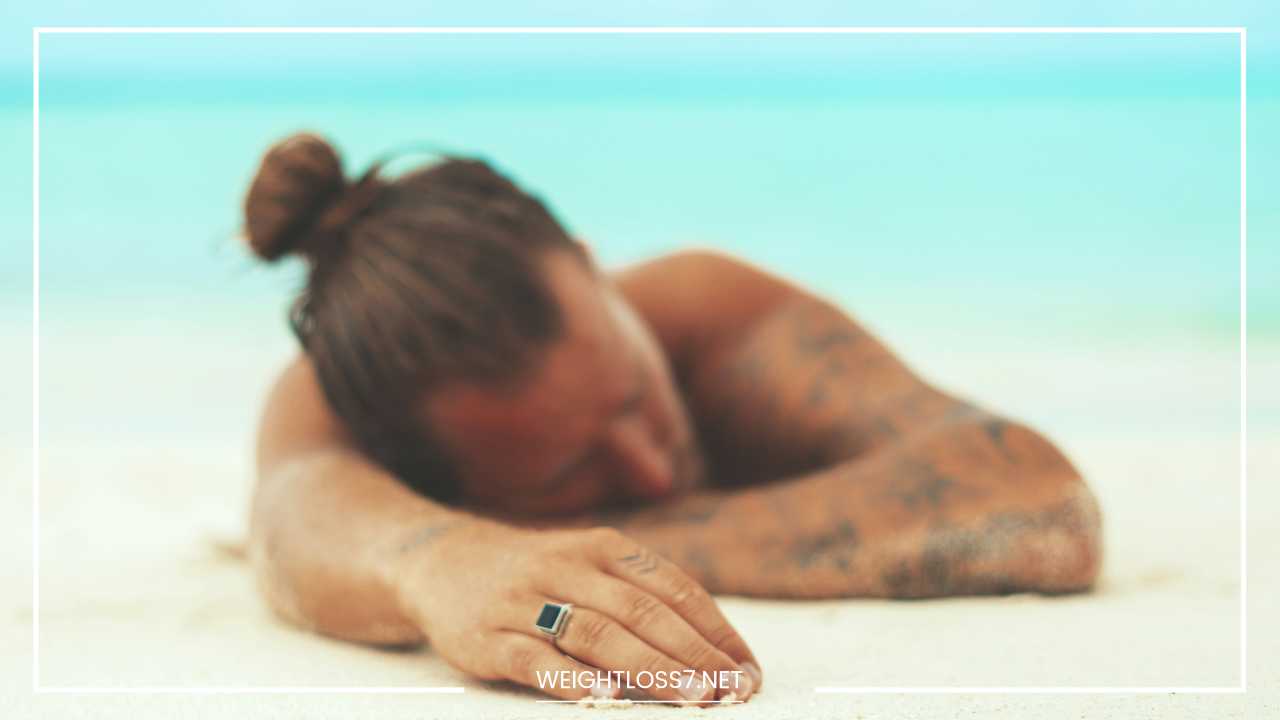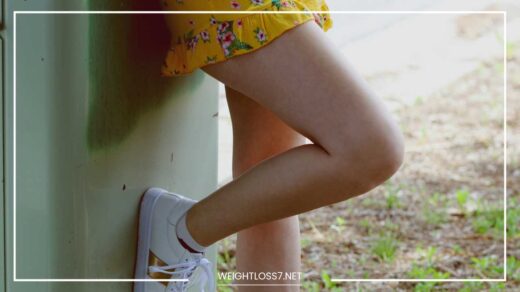Sun Safety vs. Tanning: A Guide to Healthy Skin

Tanning
Tanning: A Deeper Look Beyond the Bronze Glow
For millennia, a tanned complexion has been coveted for its association with health, beauty, and an adventurous spirit.
Sun-kissed skin has graced the covers of magazines, symbolizing carefree days spent basking in the sun’s rays. However, the narrative surrounding tanning has undergone a dramatic shift in recent years.
Scientific advancements have unveiled the harsh realities of ultraviolet (UV) radiation exposure, prompting a focus on sun protection and healthier alternatives for achieving a bronzed look.
This comprehensive blog post delves into the world of tanning, exploring both its allure and its significant health risks.
We’ll embark on a scientific journey to understand the mechanisms behind tanning, delve into the cultural and psychological factors that fuel the desire for a tan, and critically examine the well-documented dangers of UV exposure.
Finally, we’ll explore safe and effective alternatives to achieve a desired glow without compromising your health.
The Science Behind the Tan: A Cellular Drama
When our skin is exposed to UV rays, emanating from the sun or artificial sources like tanning beds, a complex biological drama unfolds within our cells. Let’s dissect this process step-by-step:
- Melanin Mobilization: Melanin, the pigment responsible for skin color, plays a pivotal role in our body’s natural defense system against UV radiation. When UV rays penetrate the skin’s outermost layer (epidermis), specialized cells called melanocytes are triggered into action.
- Melanin Production Ramp-Up: Melanocytes are the tan-making factories within our skin. Upon UV exposure, they go into overdrive, producing melanin at an accelerated rate. This melanin acts as a shield, absorbing UV radiation and preventing it from reaching deeper skin layers, which are more vulnerable to damage.
- The Spectrum of Tanning: There are two primary types of melanin: pheomelanin and eumelanin. Pheomelanin, responsible for freckles and lighter tans, offers less protection against UV rays. Conversely, eumelanin, which contributes to deeper tans, provides superior UV protection. The type and amount of melanin produced vary based on individual genetics. People with fairer skin tend to have less melanin, making them more susceptible to sunburn.
The tanning process is essentially a controlled injury response. By absorbing UV radiation, melanin helps to minimize damage to the skin’s DNA.
However, this defense mechanism has its limitations, and excessive UV exposure can overwhelm the body’s ability to produce sufficient melanin, leading to sunburn.
The Allure of a Tan: A Complex Web of Influences
Despite the known health risks, many people actively seek a tan. This phenomenon can be attributed to a complex web of cultural, social, and psychological factors:
- Cultural Perceptions of Beauty: Across various cultures, tanned skin has been associated with attractiveness, vitality, and a healthy lifestyle. In some regions, a pale complexion might be perceived as a sign of sickness or social isolation. This perception can be deeply ingrained and influence tanning behaviors.
- The Power of Media: The media plays a significant role in shaping societal beauty standards. Images of celebrities and models sporting tans constantly bombard us, reinforcing the notion that a tan is a desirable aesthetic.
- Social Pressures and Trends: The desire to fit in and conform to social trends can be a powerful motivator. If tanning is prevalent within a social circle or peer group, individuals may feel pressure to achieve a similar look.
- The Psychology of Bronzed Confidence: Some people experience a mood boost from spending time outdoors, and a tan may serve as a tangible reminder of those positive experiences. Additionally, a tan can provide a perceived sense of confidence and attractiveness.
It’s important to acknowledge the role that marketing plays in perpetuating the allure of tanning. The tanning industry heavily promotes its products and services, often downplaying the health risks and emphasizing the aesthetic benefits.
The Dark Side of Tanning: Unveiling the Health Risks
The pursuit of a tan comes at a significant cost. Excessive UV exposure, whether from the sun or tanning beds, poses a multitude of health risks:
- Premature Skin Aging: UV radiation is a major culprit behind premature skin aging. It breaks down collagen and elastin, the fibers responsible for skin’s elasticity and firmness. This damage manifests as wrinkles, fine lines, and a leathery texture.
- Sunburn: A Warning Sign Not to Ignore: Sunburn is a painful and inflammatory response to excessive UV exposure. It signifies damaged skin cells and can lead to peeling, blistering, and long-term consequences. Repeated sunburns, particularly during childhood, significantly increase the risk of developing skin cancer later in life.
- Skin Cancer: The Most Serious Threat: UV radiation is a major risk factor for all three types of skin cancer: melanoma, squamous cell carcinoma, and basal cell carcinoma. Melanoma is the most aggressive form of skin cancer and can be life-threatening if not detected and treated early. It arises from mutations in melanocytes, the very cells responsible for producing melanin.
- Eye Damage: A Silent Threat: Our eyes are also susceptible to UV damage. Overexposure to UV rays can lead to cataracts, a clouding of the lens that can impair vision. It can also contribute to macular degeneration, a progressive eye disease that damages the macula, the central part of the retina responsible for sharp central vision. In severe cases, UV exposure can even cause temporary blindness, particularly from conditions like photokeratitis (snow blindness).
- Weakened Immune System: A Hidden Danger: UV radiation can suppress the immune system, making individuals more susceptible to infections and hindering the body’s ability to fight off viruses and bacteria. This can lead to increased occurrences of colds, flu, and other illnesses.
While the immediate effects of UV exposure like sunburn might be readily apparent, the long-term consequences can be far more serious. It’s crucial to understand the cumulative damage caused by UV radiation throughout a lifetime.
Dispelling Myths: Separating Fact from Fiction about Tanning
Many myths and misconceptions surround tanning. Here’s a breakdown of some common ones:
- Myth #1: A Tan Provides Complete Sun Protection: While a tan offers some degree of protection against UV rays, it’s not a foolproof shield. The level of protection varies significantly depending on your skin type and the depth of the tan. Sunscreen with SPF 30 or higher remains essential for optimal protection.
- Myth #2: Tanning Beds Offer a Safer Alternative: Tanning beds emit similar levels of UV radiation as the sun, and sometimes even higher. This misconception is particularly dangerous as people may spend longer exposure time in a tanning bed compared to natural sunlight.
- Myth #3: Base Tans Minimize Sunburn Risk: A base tan might provide a slight increase in UV protection, but it’s not enough to prevent sunburn. In fact, people with tans may unknowingly overexpose themselves due to a false sense of security.
Educating ourselves about these myths is crucial for making informed decisions regarding sun exposure and tanning practices.
Beyond the Bronze: Safe and Effective Alternatives for a Healthy Glow
Fortunately, there are several safe and effective alternatives to achieve a bronzed look without compromising your health:
- Self-Tanning Lotions and Sprays: These products utilize ingredients like dihydroxyacetone (DHA) to react with the amino acids in the top layer of skin, resulting in a temporary tan that typically fades within a few days. Self-tanning lotions offer a convenient and customizable way to achieve a natural-looking tan.
- Sunless Spray Tanning: This professional service provides a quick and even tan application. Technicians use specialized equipment to apply a mist containing DHA, allowing for precise control and a flawless finish.
- Bronzing Makeup: High-quality bronzers and foundations can be used to create a natural-looking tan effect. Look for products that offer buildable coverage and match your skin tone for a seamless and flattering application.
Important Note: Regardless of whether you have a real or fake tan, sun protection remains essential. Sunscreen with SPF 30 or higher, broad-spectrum protection (UVA and UVB rays), and reapplication every two hours, or more often if sweating or swimming, is crucial to safeguard your skin from UV damage.
Sun Safety for Everyone: A Lifelong Commitment
Sun safety is not just a summer concern – it’s a lifelong commitment for everyone, regardless of skin type or tanning goals. Here are some key sun safety practices to integrate into your daily routine:
- Seek Shade: Limit sun exposure during peak hours (10 am to 4 pm) when UV rays are strongest. Plan outdoor activities for early morning or late afternoon when the sun’s intensity is lower. Utilize shade whenever possible, whether from trees, umbrellas, or canopies.
- Cover Up: When direct sun exposure is unavoidable, wear protective clothing. Opt for tightly woven fabrics with a UPF (Ultraviolet Protection Factor) rating of 50 or higher for optimal protection. Long-sleeved shirts, pants, wide-brimmed hats, and sunglasses that block UVA and UVB rays are essential for comprehensive sun protection.
- Sunscreen: Your Ultimate Shield: Apply sunscreen liberally and evenly to all exposed skin 15 minutes before sun exposure. Choose a broad-spectrum sunscreen with SPF 30 or higher and reapply every two hours, or more frequently if sweating or swimming. Don’t forget areas like your ears, neck, lips, and the tops of your feet.
- Sun-Protective Swimwear: Look for swimwear with a UPF rating to provide additional protection while enjoying water activities.
- Hydration is Key: Dehydration can worsen the effects of sun exposure. Drink plenty of water throughout the day, especially when spending time outdoors.
- Know Your Skin: Regularly examine your skin for any changes in moles or freckles. If you notice any suspicious spots, consult a dermatologist promptly. Early detection is crucial for successful treatment of skin cancer.
- Sun Safety Education for Children: Instilling sun safety habits in children from a young age is vital for their long-term health. Teach them about sun protection measures, encourage them to wear protective clothing and hats, and make seeking shade a fun activity.
By following these sun safety practices, you can minimize your risk of UV damage and enjoy the outdoors safely and responsibly.
Sun Awareness: Be Weather Wise
Understanding the UV Index, a daily forecast issued by the National Weather Service (NWS) and other environmental agencies, can help you plan your outdoor activities accordingly.
The UV Index indicates the expected intensity of ultraviolet radiation from the sun. A higher UV Index signifies a greater risk of sunburn and necessitates stricter sun protection measures.
Here’s a breakdown of the UV Index and recommended sun protection actions:
- Low (0-2): Low risk of sunburn. Protective measures are not always necessary, but applying sunscreen with SPF 15 is recommended for extended outdoor exposure.
- Moderate (3-5): Moderate risk of sunburn. Seek shade during peak hours and wear protective clothing, hat, and sunglasses. Apply sunscreen with SPF 30 or higher and reapply every two hours.
- High (6-7): High risk of sunburn. Take extra precautions. Limit sun exposure during peak hours, wear protective clothing, hat, and sunglasses. Apply sunscreen with SPF 30 or higher and reapply frequently.
- Very High (8-10): Very high risk of sunburn. Take all sun protection measures seriously. Minimize sun exposure during peak hours, seek shade whenever possible, wear protective clothing, hat, and sunglasses. Apply sunscreen with SPF 30 or higher and reapply very frequently, especially after swimming or sweating.
- Extreme (11+): Extreme risk of sunburn. Limit outdoor activity during peak hours as much as possible. If you must be outdoors, wear protective clothing, hat, and sunglasses. Apply sunscreen with SPF 30 or higher and reapply very frequently.
By staying informed about the UV Index, you can make informed choices about your sun exposure and take appropriate precautions to safeguard your skin.
Final Word: Embrace the Sun Safely
Sunshine can be a source of vitamin D, essential for bone health and overall well-being. However, responsible sun exposure is key.
By understanding the science behind tanning, the associated health risks, and adopting safe alternatives for achieving a healthy glow, we can cultivate a relationship with the sun that prioritizes both beauty and health.
Remember, sun safety is not a fad; it’s a lifelong commitment that empowers you to enjoy the outdoors with confidence and peace of mind.

















